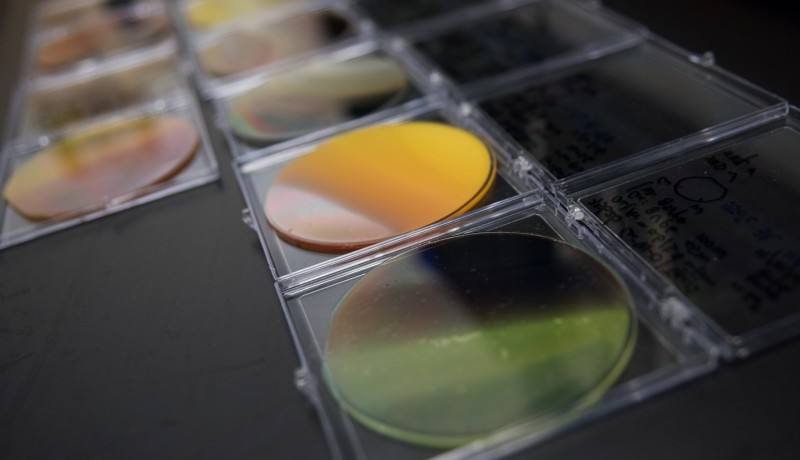Will water be the fuel of the future?
on

Researchers from the Lawrence Berkeley National Laboratory and the California Institute of Technology have in only two years succeeded in doubling the number of materials that are known to act as catalysts for the production of solar fuels. A process has been developed for this purpose which shows promise for discovering a commercially viable solar fuel that in due course could replace fossil fuels such as coal, oil and gas.
Solar fuels are considered the nec plus ultra in the arena of renewable energy – because only sunlight, water (and perhaps carbon dioxide) are used. One of the options of reaching this goal is the separation of water into hydrogen and oxygen. Pure hydrogen is a very flammable gas and therefore an ideal fuel. Once we discover a way to separate water into its constituent parts under the influence of sunlight, we will finally have an inexhaustible and environmentally friendly energy source at our disposal. The problem, however, is that water molecules do not spontaneously fall apart when the sun shines on them – otherwise there would be no oceans. So a catalyst is required.
In the past 40 years researchers have discovered only 16 of these 'photoanode' materials. With the newly developed method, 12 new, highly promising photoanode materials have been discovered in a short time. For this research, that is described in the Proceedings of the National Academy of Sciences, 174 so-called vanadates were examined – compounds of vanadium, oxygen and one other. This third element is crucial to make a material with good photoanode characteristics.



Discussion (1 comment)
PPihkala 8 years ago
" Pure hydrogen is a very flammable gas and therefore an ideal fuel "
Pure hydrogen is not ideal fuel. It is hard to store and the energy density is low. It is also too flammable to be really safe.